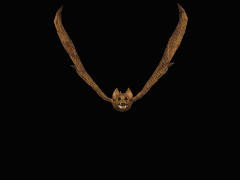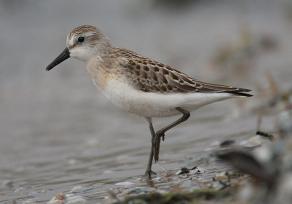


|
Charadrii:
Waders, called Shorebirds in North America (where "wader" is used to refer to long-legged wading birds such as storks and herons), are members of Charadrii, excluding the more marine web-footed seabird groups. The latter are the skuas (Stercoraracidae), gulls (Laridae), terns (Sternidae), skimmers (Rhynchopidae), and auks (Alcidae). Also, the pratincoles (Glareolidae) and the Crab Plover (Dromadidae), which look more similar to waders, are closely related to the seabirds. This leaves about 210 species, most of which are associated with wetland or coastal environments. Many species of Arctic and temperate regions are strongly migratory, but tropical birds are often resident, or move only in response to rainfall patterns. Some of the Arctic species, such Little Stint are amongst the longest distance migrants, spending the non-breeding season in the southern hemisphere. The majority of species eat small invertebrates picked out of mud or exposed soil. Different lengths of bills enable different species to feed in the same habitat, particularly on the coast, without direct competition for food. Many waders have sensitive nerve endings at the end of their bills which enable them to detect prey items hidden in mud or soft soil. Some larger species, particularly those adapted to drier habitats will take larger prey including insects and small reptiles. Many of the smaller species found in coastal habitats, particularly but not exclusively the calidrids, are often named as "Sandpipers", but this term does not have a strict meaning, since the Upland Sandpiper is a grassland species.
|
